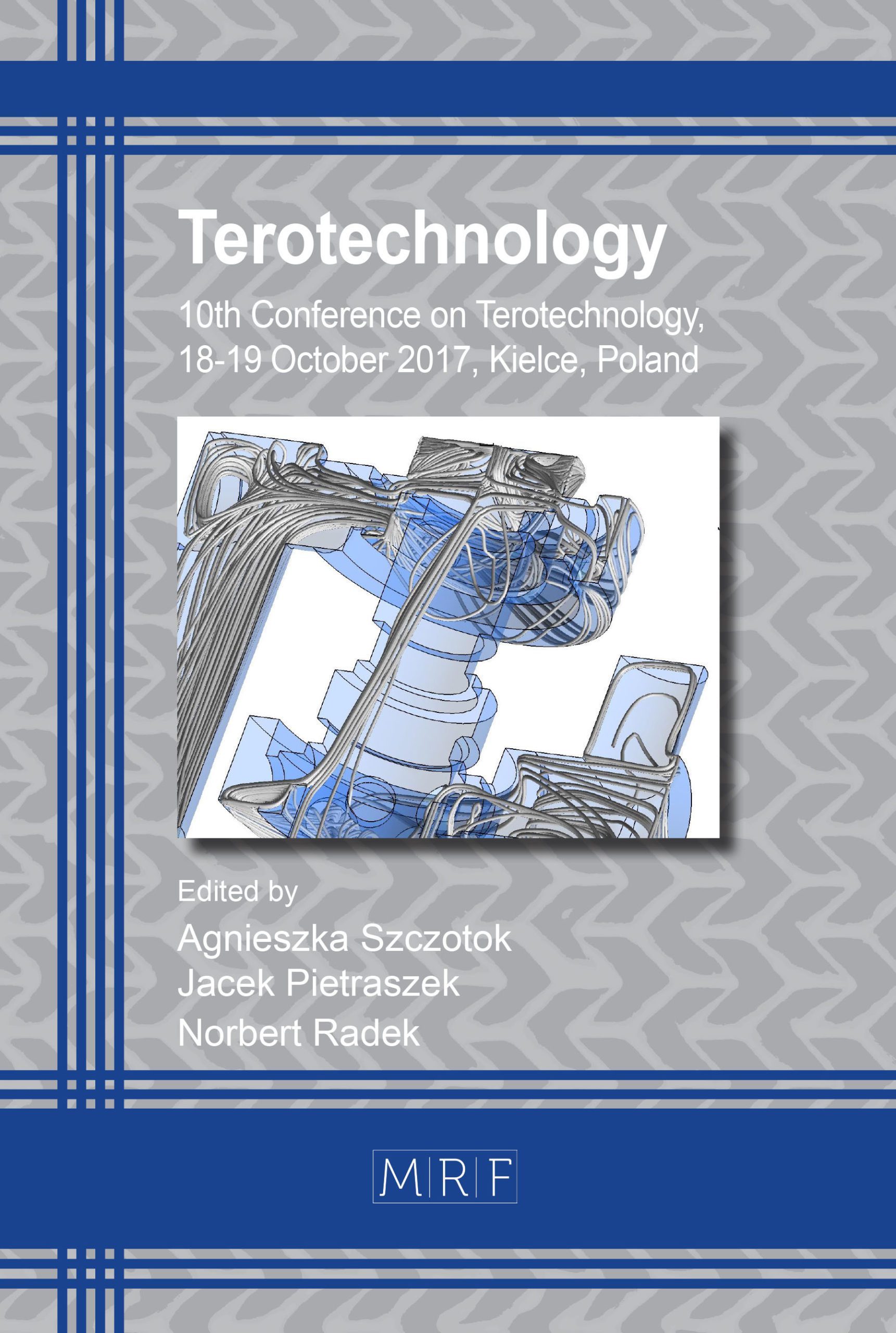FEM Thermal Analysis of Thermal Weldings of Tramway Rails, 60R2 and 60E1 Type
KOWALCZYK Dariusz
download PDFAbstract. In many newly built tram tracks by means of the thermite method, after putting them into operation, cracks appear in tram rails in the areas of splice rails [1]. In the case of solutions used in the tram infrastructure, there are requirements for railways in accordance with PN-EN 14811 + A1: 2010 [2]. For rail connections intended for the construction of tramway tracks, there are no precise records of such requirements, and their scope may be determined by the Contractor. The article presents and discusses examples of broken rail joints in tramway tracks. Thermal analyses were carried out using the FEM method of cooling welds / thermite connections of the 60R2 and 60E1 tram rails [3-5]. The microstructures of rails and welded joints in the area of the heat affected zone were observed. In the light of the quite common problems related to the cracking of rails and rail joints in tramway tracks, it seems reasonable to introduce durability and quality tests of rail joint connections in order to improve safety in rail transport, reduce cracks in newly built and renovated tracks, and reduce costs related to repairs during operation. In this article, thermal analysis of cooling of thermal welds based on the FEM method was performed.
Keywords
FEM Thermal Analysis, Cracking Tram Rail of Thermite Welding, 60E1 Rail, 60R2 Rail, Tram Rail
Published online 7/16/2018, 6 pages
Copyright © 2018 by the author(s)
Published under license by Materials Research Forum LLC., Millersville PA, USA
Citation: KOWALCZYK Dariusz, ‘FEM Thermal Analysis of Thermal Weldings of Tramway Rails, 60R2 and 60E1 Type’, Materials Research Proceedings, Vol. 5, pp 160-165, 2018
DOI: http://dx.doi.org/10.21741/9781945291814-28
The article was published as article 28 of the book Terotechnology
![]() Content from this work may be used under the terms of the Creative Commons Attribution 3.0 licence. Any further distribution of this work must maintain attribution to the author(s) and the title of the work, journal citation and DOI.
Content from this work may be used under the terms of the Creative Commons Attribution 3.0 licence. Any further distribution of this work must maintain attribution to the author(s) and the title of the work, journal citation and DOI.
References
[1] I.Mikłaszewicz, Wykonywanie i badanie kolejowych złączy szynowych, Instytut Kolejnictwa, Warszawa, Problemy Kolejnictwa, 158 (2013) 35 (in Polish).
[2] PN-EN 14811+A1:2010; Railway applications. Track. Special purpose rail. Grooved and associated construction
[3] Pramod Bhatt, Thermal Analysis of Hollow pipe using Altair Hyperworks,International Jurnal of Engineering Research & Technology, 6 (2012).
[4] Practical Aspects of Finite Element Simulation A Study Guide – Academic Program -3rd Edition Released 05 (2015)
[5] D. Kowalczyk, R. Bińkowski, Zastosowanie obliczeń FEM do określania rozkładu pól naprężeń w szynie typu 49E1 w warunkach eksploatacyjnych wyjątkowych. Infraszyn, Projektowanie budowa i utrzymanie infrastruktury w transporcie szynowym, (2015) 157-168 (in Polish).
[6] Information on tram in Poland; https://pl.wikipedia.org/wiki/Tramwaje_w_Polsce,
[7] Kądziołka A, „Termitowe spawanie – rys historyczny, zmiany, postęp”, IV Ogólnopolska Konferencja Naukowo-Techniczna, Spawalnictwo dróg szynowych – jakość, niezawodność, bezpieczeństwo, Bochnia (2010) (in Polish).
[8] Dobrzański L., A., Podstawy nauki o materiałach i metaloznawstwo. Materiały inżynierskie z podstawami projektowania materiałowego, WN-T, (2002) (in Polish).
[9] Altair Engineering, Inc. OptiStruct 13.0 User’s Guide.































